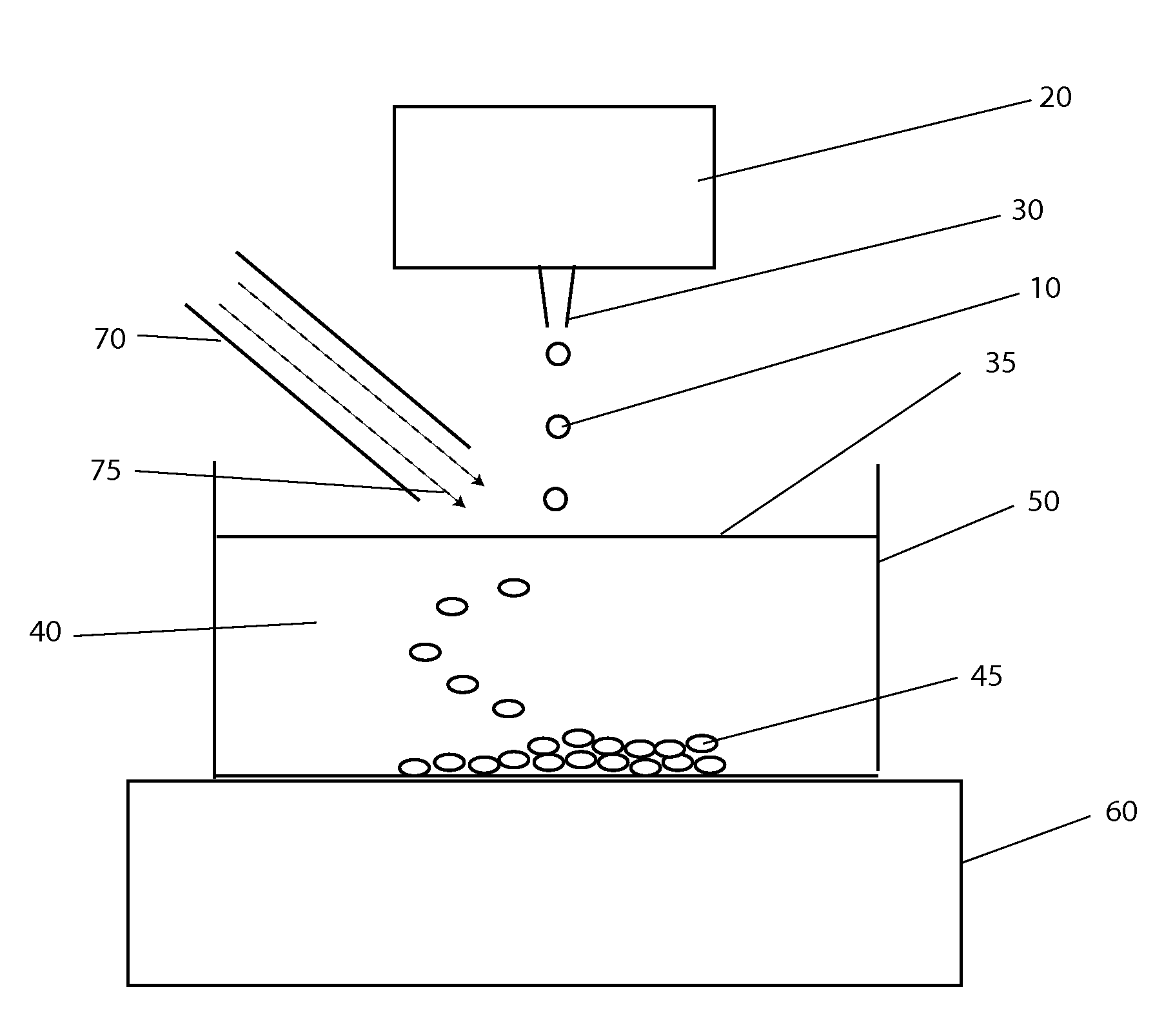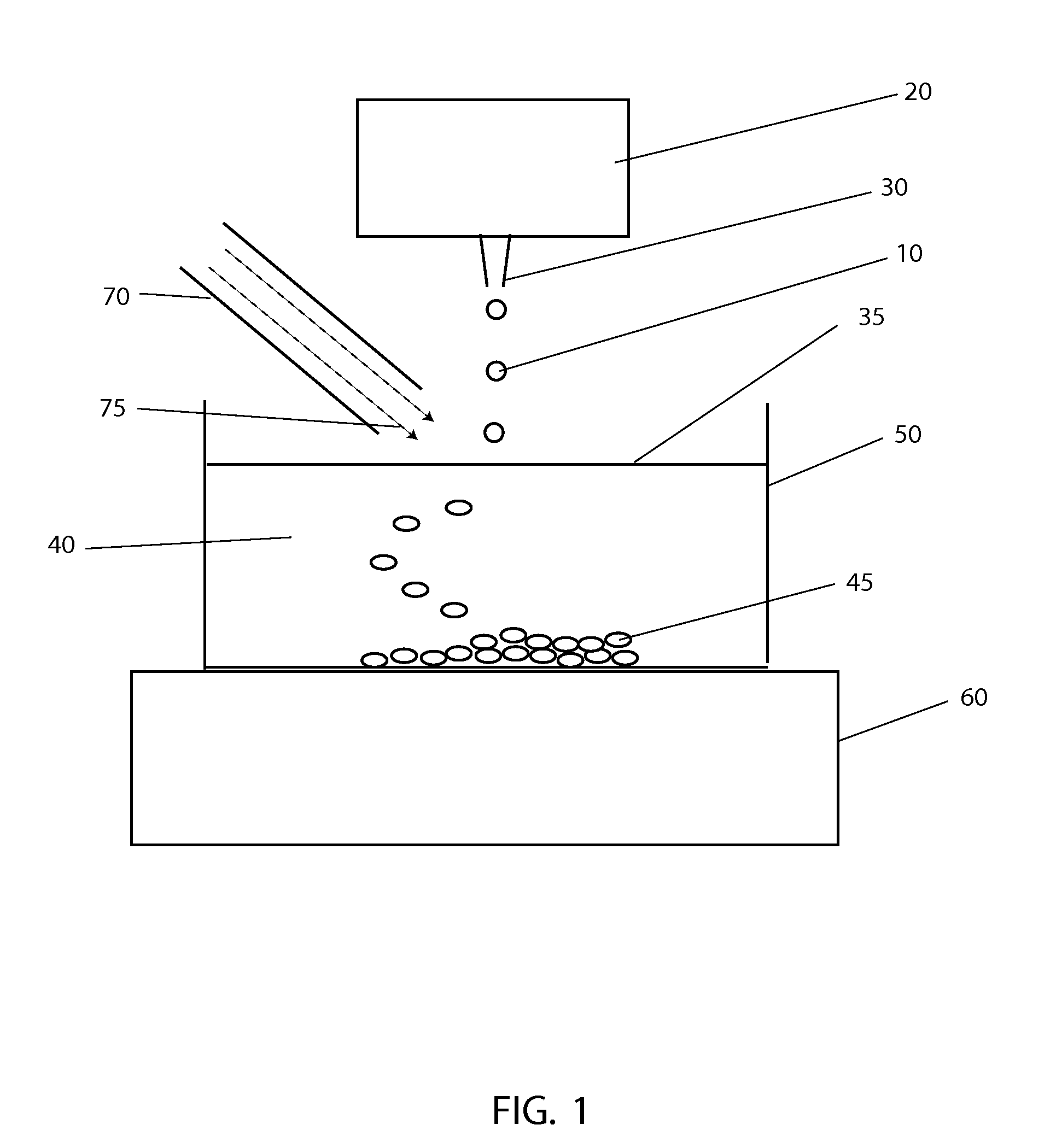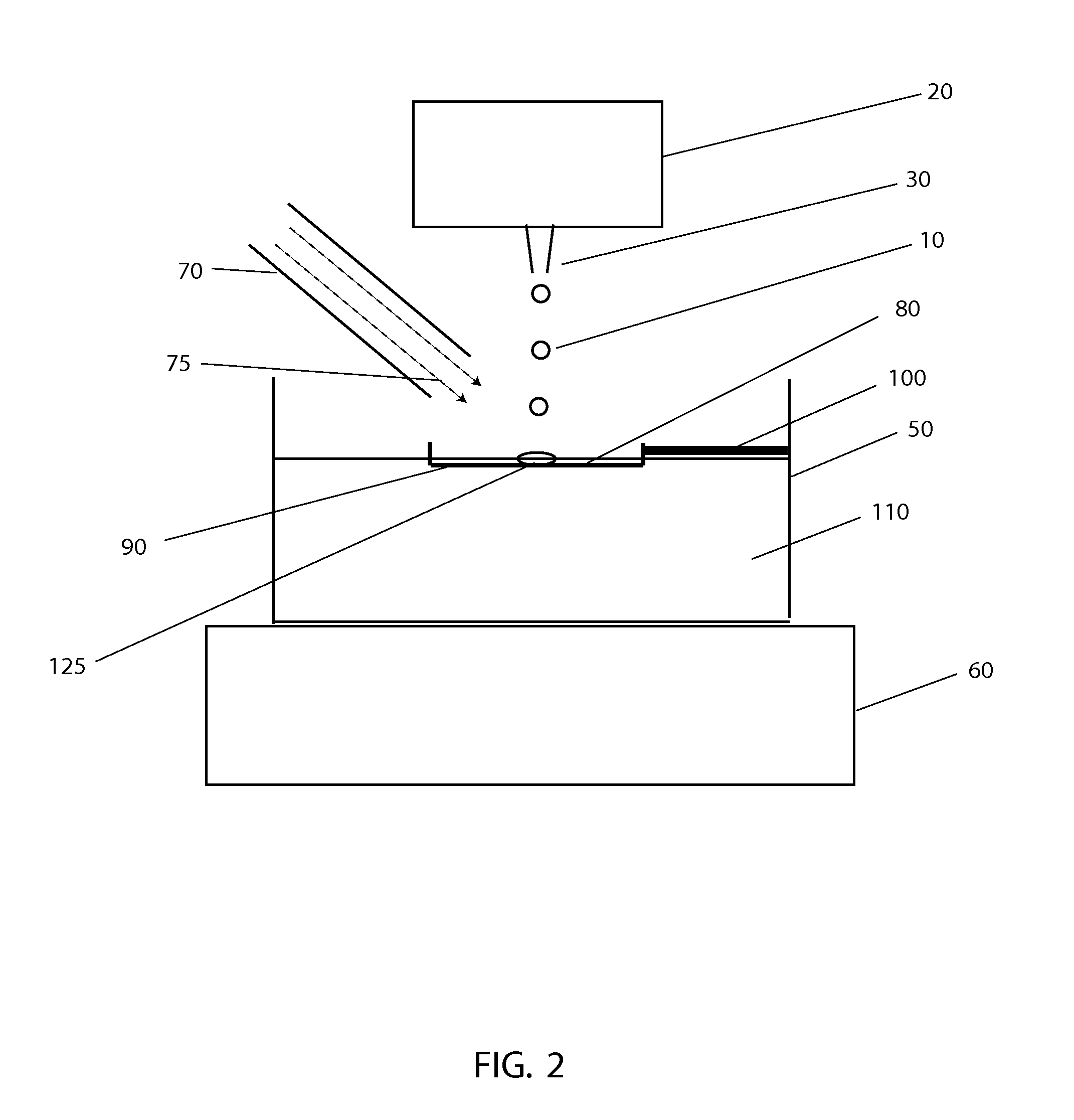Systems for Increased Cooling and Thawing Rates of Protein Solutions and Cells for Optimized Cryopreservation and Recovery
a protein solution and protein technology, applied in the field of protein solution and cell cooling and thawing rates for optimized cryopreservation and recovery, can solve the problems of large changes in solvent content, long-term storage of proteins, and small crystals (less than 100 micrometers) rapidly dehydrate in ambient air, so as to reduce stress on cells within the liquid, the effect of reducing evaporation and dehydration and fast cooling and warming rates
- Summary
- Abstract
- Description
- Claims
- Application Information
AI Technical Summary
Benefits of technology
Problems solved by technology
Method used
Image
Examples
Embodiment Construction
[0043]The systems and methods described here have considerable potential to improve the cryopreservation of protein solutions, cells and other biological samples. The precision and reproducibility of the cooling and thawing steps can be greatly improved, allowing greater control and easier optimization of cooling and thawing conditions for each sample. Maximum cooling and thawing rates for a given drop volume can also be dramatically improved, while at the same time minimizing dehydration, oxygen contamination and shear forces that may damage cells and degrade proteins.
[0044]Since cryopreservation involves both the freezing and subsequent thawing of a sample for later use, cryopreservation systems must necessarily involve both freezing and thawing components. In the present invention, a crucial insight that enables large improvements in both freezing and thawing performance with small drops is the use of methods to control the temperature in gas layers above cold and warm surfaces.
[...
PUM
 Login to View More
Login to View More Abstract
Description
Claims
Application Information
 Login to View More
Login to View More - R&D
- Intellectual Property
- Life Sciences
- Materials
- Tech Scout
- Unparalleled Data Quality
- Higher Quality Content
- 60% Fewer Hallucinations
Browse by: Latest US Patents, China's latest patents, Technical Efficacy Thesaurus, Application Domain, Technology Topic, Popular Technical Reports.
© 2025 PatSnap. All rights reserved.Legal|Privacy policy|Modern Slavery Act Transparency Statement|Sitemap|About US| Contact US: help@patsnap.com



